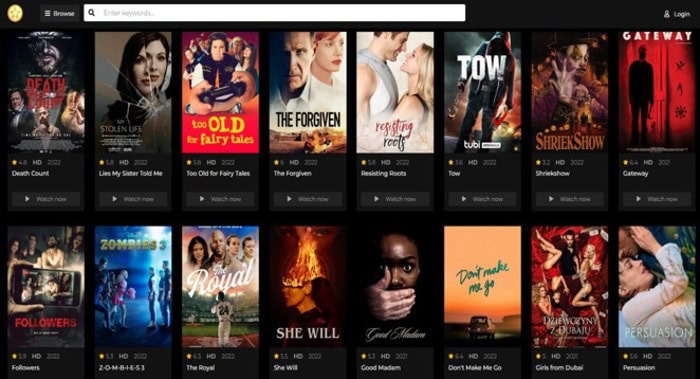
The advancement of Artificial Intelligence (AI) is one of the twenty-first century’s hallmarks, particularly since AI has advanced beyond theoretical analyses and discussions into full-blown use-value applications for various entities and enterprises. While many consumers may still have an image in their minds of AI as a full-sized human-robot, the majority of AI Software that consumers deal with directly are software programs.
When scrutinizing software programs that have widespread commercial applications, it is fascinating to observe the evolution from digital footprints to digital voiceprints. For instance, the digital marketing ads on Facebook are undoubtedly the result of AI and machine learning (ML), as the software programs develop greater intimacy with users’ searches and target them accordingly with digital advertisements. In recent years, AI has also made excellent advancements in harnessing digital voiceprints, which has enabled significant improvements in software that provides text to voice with natural voice functionality.
Digital Footprints
The “digital footprint” is a concept that has likely not yet reached full public awareness, despite the fact that the vast majority of the public has left an individualized digital footprint in cyberspace. Digital footprints are what drive digital marketing, as acquiring strong insight into consumers’ Internet habits and product preferences enable individuals and organizations to acquire strong insight into a specific individual without ever meeting them.
How might this digital footprint be developed? Oftentimes, major search engines, such as Google, and social media platforms, such as Facebook and Twitter, are the best sources of assessing an individual’s digital footprint. Search engines provide strong insight into a person’s interests, whereas social media provides compelling insight into a person’s associations. The joint knowledge of both enables advertising on a scale that the world has never witnessed before.
Digital Voiceprints
If public knowledge regarding digital footprints is generally low, then public knowledge of the phrase “digital voiceprint” is even lower, though most of the public already takes advantage of such software now without even realizing that they’re automatically leaving a voiceprint in doing so. However, this voiceprint is precisely what enables effective speech to text using natural voices, as well as what distinguishes this type of software from other text to speech generator software. In other text to speech software, AI powers the voices, whereas, in this type of software, natural human voices power the text, a curious inversion.
Voiceprints in general represent a stunning advancement in technical identification of an individual, particularly since the concept of unique fingerprint identification did not reach fruition until just before the twentieth century. Just over a century later, it is unsurprising that unique voiceprint identification has also emerged. Technically speaking, voiceprints are determined by the acoustic frequency spectrum that observes the unique characteristics of a human voice. Given that individuals are often recognized by their voice as soon as they answer the phone, voiceprints can also serve as a powerful identification of an individual, just as fingerprints can.
Final Considerations
The evolution of technology has resulted in profound implications for consumers and businesses. Digital footprints provide outstanding use value to organizations through their ability to effectively target consumers, either with product advertisements or political messages most likely to resonate with a particular person. Digital voiceprints represent even greater intimacy with an individual, as the technology spans well beyond what the consumer inputs in a search engine or social media platform.
Just as facial recognition is becoming more powerful and prominent, particularly as law enforcement agencies have begun using it alongside major businesses, voice recognition may very well represent another avenue of identifying an individual and targeting them accordingly. As the technology that illuminates voiceprints continues to advance, it will be fascinating to see which other types of prints may be developed in the future, as well as the use-value applications they will bring about.


